oceans
Latest
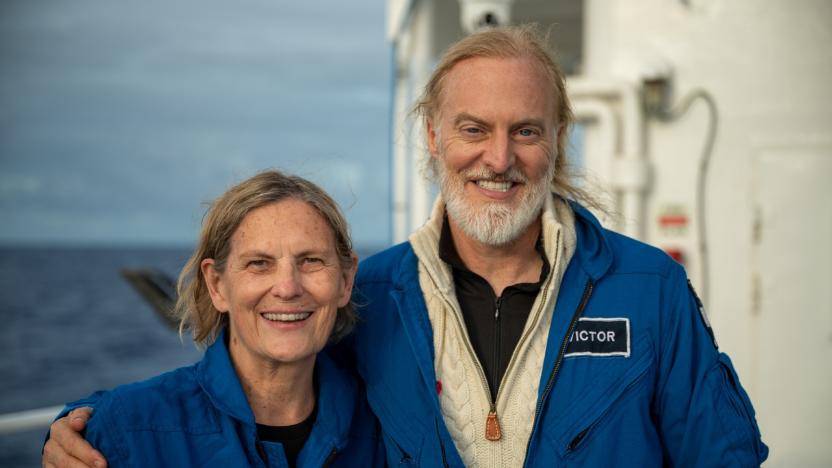
The first American woman to spacewalk has now conquered the deepest ocean
Thirty-six years after becoming the first American woman to walk in space, Kathy Sullivan has made history yet again.
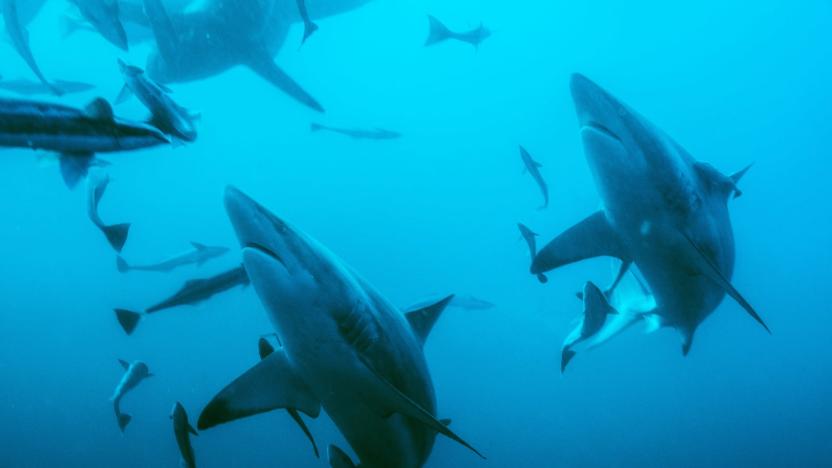
Study says climate change is starving the oceans of oxygen
The effect of climate change on oceans is likely more extensive than you think. A study from the International Union for Conservation of Nature (IUCN) indicated that climate change and the ensuing hotter water reduced the amount of oxygen dissolved into oceans by 2 percent between 1960 and 2010. While that may seem like only a modest amount, oxygen levels in some tropical regions dropped by up to 40 percent. Moreover, scientists warned that even a slight dip could be particularly troublesome for big, energy-dependent fish like marlin, sharks and tuna. Lower oxygen levels drive them to shallower water, putting them at greater risk of overfishing.

Scientists accidentally produce an enzyme that devours plastic
There are research teams around the world dedicated to finding a remedy for the growing plastic pollution crisis, but now it seems that one group of scientists have found a feasible answer -- and they stumbled upon it by accident. Researchers studying a newly-discovered bacterium found that with a few tweaks, the bug can be turned into a mutant enzyme that starts eating plastic in a matter of days, compared to the centuries it takes for plastic to break down in the ocean.
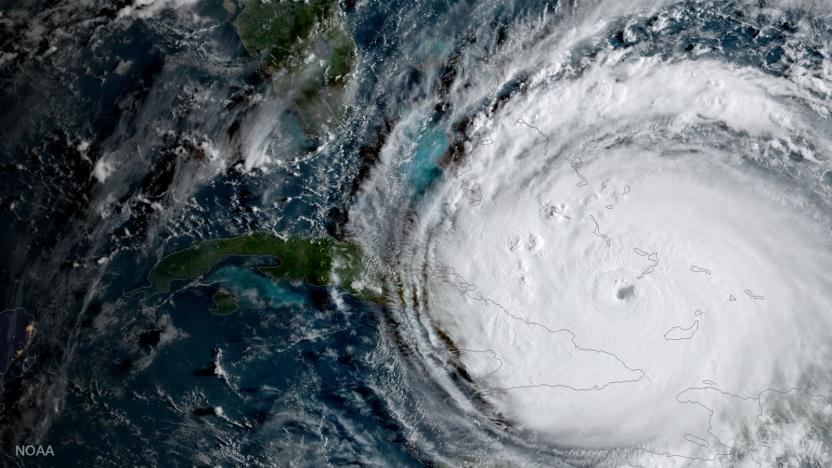
France and China will study ocean-based climate change next year
France and China, both key leaders of the Paris Climate Accord now that the US is leaving, have unveiled a new satellite to better predict storms and model climate change. The China-France Oceanography Satellite (CFOSAT) includes two radars that can study both wind strength and direction as well as the direction and wavelength of ocean waves. The latter can help scientists predict heat waves and other important climate data, according to recent studies.
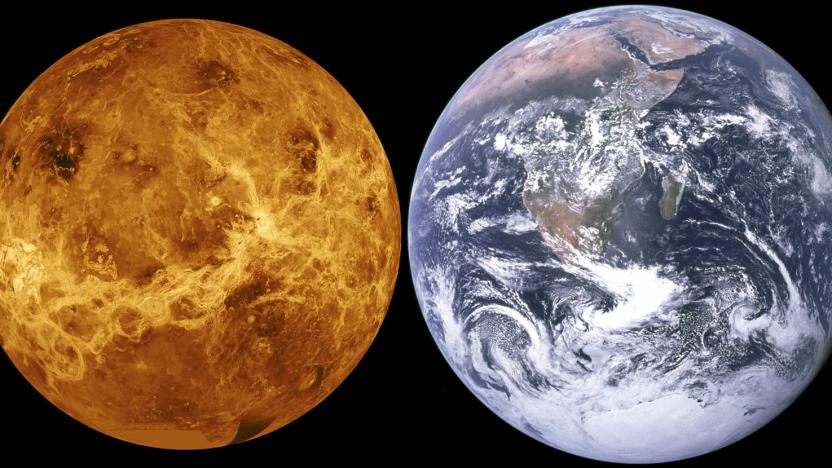
Venus may have supported life before Earth
Venus is a hellhole. Despite being much closer to Earth than Mars, its climate is off-the-charts insane, with average temperatures of 864 degrees F, crushing barometric pressure, and did I mention the volcanoes? It's hard to believe that as little as 750 million years ago, it may have had oceans of liquid water and an Earth-like, habitable climate, according to simulations from NASA Goddard Institute researchers. Those conditions may have endured for several billion years, until volcanoes transformed it into its present, hostile state.
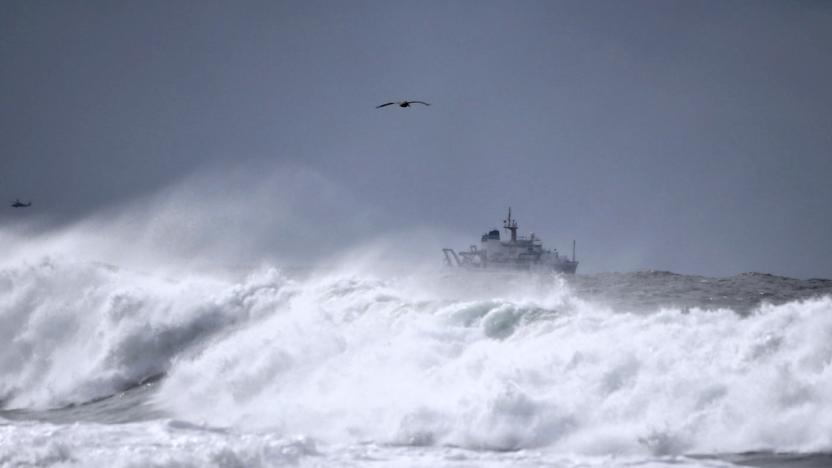
Ocean waves and temperatures can predict extreme summer heat
Predicting the weather typically caps out around 10 days in advance for certain factors, but a new study could extend that up to almost two months. By measuring the surface temperature of oceans from 1982 to 2015, specifically in 2012, The New York Times writes that a team of researchers (PDF) noticed correlations between a pair of precursors leading to hotter days in parts of North America: precipitation deficits and "anomalous atmospheric wave trains." The former is pretty easy to understand. The latter, standard parts of atmospheric flow caused by wind, are abnormal patterns of crests and troughs leading to shore.

Scientists plot sea levels using GPS satellites
Accurate sea level measurements are more critical than ever, but there are a limited number of radar satellites designed for that purpose. However, a team from the UK's National Oceanography Centre (NOC), University of Michigan and NASA's Jet Propulsion Laboratory have discovered a new way to do so using much cheaper and more plentiful GPS satellites. The technique is called GNSS-R, and involves bouncing low-powered signals from GPS satellites off of the ocean's surface and measuring the reflected signal with a GNSS-R receiver. That lets the sat-nav constellation act as a type of distance-measuring radar without disrupting its regular job -- guiding cars and airplanes.

Coral reefs will continue dying unless carbon output drops
Growing an endangered species of coral in a lab is one thing, but rebuilding a reef damaged by ocean acidification is a complete other. On paper, though, it's possible. A group of researchers attempted to counter the effects of rising carbon dioxide levels around Australia's Great Barrier Reef by pumping sodium hydroxide into lagoons that were isolated from the ocean during low tide, according to The Verge.

Inhabitat's Week in Green: hoverbikes, UFOs and a Lego Titanic
Each week our friends at Inhabitat recap the week's most interesting green developments and clean tech news for us -- it's the Week in Green. A couple years ago, Elon Musk unveiled his vision for the future of long-distance travel: the Hyperloop, a superfast train that would travel inside large tubes. The futuristic concept is a long way from becoming a reality, but Hyperloop Transportation Technologies CEO Dirk Ahlborn is already kicking around the idea of making it free to ride. Meanwhile, Musk has been trying to open Tesla dealerships throughout the US -- but some states are still holding out. This week, Texas upheld a ban on Tesla's direct sales model. Musk gets all the headlines when it comes to Tesla, but Ian Wright, one of the companies' other co-founders who left the company a decade ago, is back in the news. Wright is now converting fleets of gas-guzzling garbage trucks into electric vehicles.

Norrathian Notebook: Jump in, the water's fine in Landmark!
The drought has finally ended: Water has come to the parched shores of Landmark. After a day of torturing fans with some not-so-subtle teasing on Twitter involving beach songs, links to life vests, and musings on slow garden hoses, SOE Director of Development Dave Georgeson finally outright admitted that the first phase of water was indeed headed into the game. And as of yesterday's update, the long-anticipated liquid is a permanent part of the landscape. No more shall players stare off over the edge of their islands, eyes skipping over the sand whilst seeking just a hint of moisture. No longer must the faithful beta testers dream of the day the sun's rays would reflect off the rolling waves. Oceans are here! And while there's no need to grab a towel on your way to the beach (you can't actually get in the water), players are still rejoicing. Why? Because it finally feels like beta, baby!

Oceans roll into Landmark today
It's official! Landmark is no longer devoid of water. Thanks to today's update, players now have oceans to frolic upon, if not in. Players who are eager to dive in and swim about still have to wait; this first phase of water deployment only supports walking on it, not swimming in it. However, those who currently have claims that are completely submerged can access their land by using a shard and teleporting. Additional changes with this update include moving item upgrading from the new tech forge to the stone forge, placing additional crafting stations at the hubs, adding the ability to sift stone to the sifters (and changing how sifted materials are converted into gems, ore, and relics), introducing sea shell props, and giving players the ability to group even when on different servers. Check out all the details in the official patch notes.

SeaOrbiter to begin construction by year's end, project price tag clocks in at $52.7 million
Remember that USS Enterprise-esque ocean research vessel we first ran across back in 2005? Yes, the one that was originally slated to hit the open waters in 2008 or 2009. After catching heat for its lofty ambitions for the last 12 years, the SeaOrbiter is finally set to begin construction later this year. The ship is slated to measure 170 feet (51 meters) tall, but to stabilize the vessel over half of the vehicle would stay below the surface, providing all sorts of collection systems and useful tools. Not only does it look like something out of Minority Report, but the SeaOrbiter is 100% sustainable. The ship's power is set to come from solar, wind and wave power with biofuel in case nature doesn't cooperate -- when the vessel isn't adrift via ocean currents. Funding has been obtained for the $52.7 million undertaking, which will produce an endless amount of data on global warming and marine biology around the globe. For a look at some renders of the massive vehicle, click though the gallery below for a quick peek. %Gallery-158595%

Google Earth 3.1 for iOS gets its ocean layer, Eric Schmidt's undersea base conspicuously absent
Google's recent addition of ocean layer content and ocean bathymetry (which, we were shocked to discover, had nothing to do with bathing) meant that Android users finally got access to underwater locales on the Google Earth. No need to feel left out anymore, iOS users -- Google Earth 3.1 for iPod Touch, iPad and the iPhone is finally yours as well, with over a hundred pictures and videos and native support for the Retina display. Check out the App Store to get started, or (if it's your wont) simply snap the QR code after the break.







